Daily Life of Foreign Workers Outside Tokyo
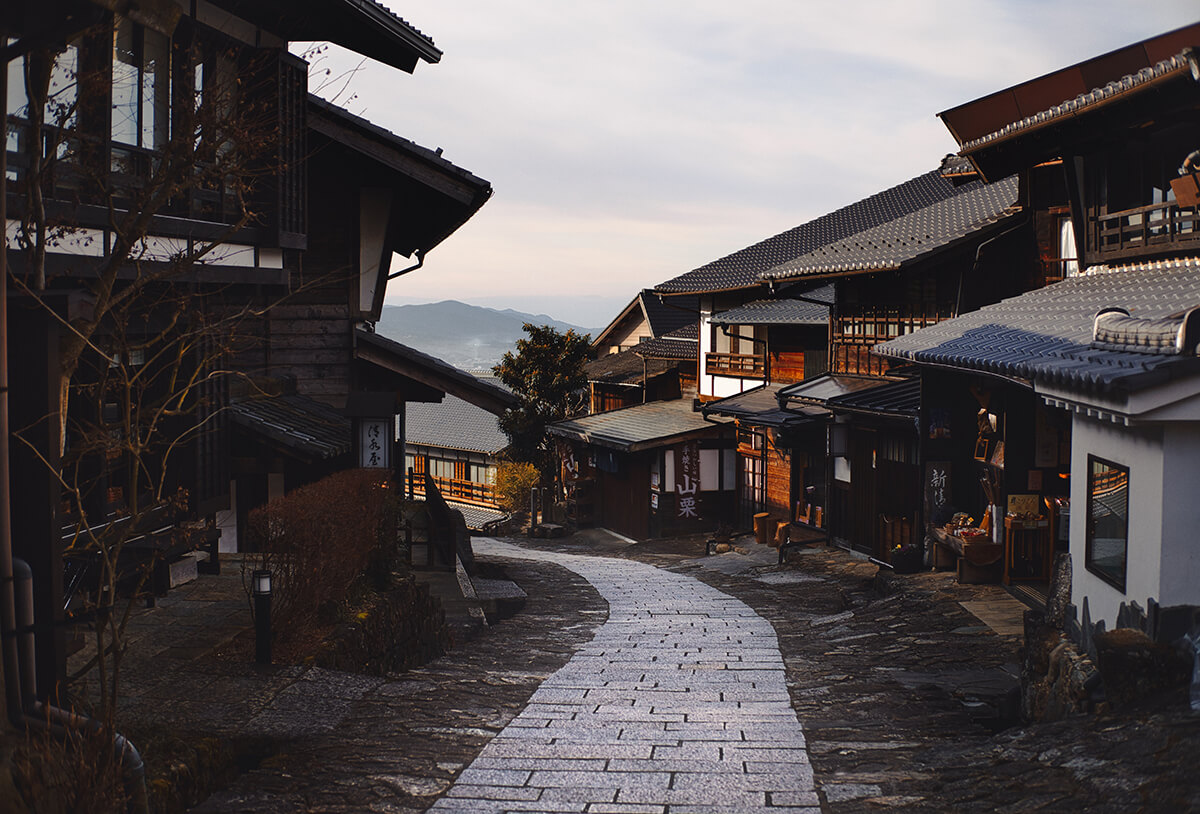
As of 2020, more than 550,000 foreigners live in Tokyo alone, which equates to almost 5% of Japan’s total foreign population. This isn’t much of a surprise given that Tokyo is the world’s most populous city with over 37,000,000 residents.
Foreigners are attracted to the idea of residing in Tokyo for several reasons, but the main reason is that many local and international companies that offer employment opportunities are based in the city.
But the hustle and bustle of city life have led many foreign workers to consider living beyond the boundaries of the country’s mega-metropolis. But what is it actually like for foreigners to live in Japan’s rural areas and smaller cities? In this article, we’ll discuss the daily lives of foreign workers outside of Tokyo.
Table of contents
Going to Tokyo and Leaving Tokyo
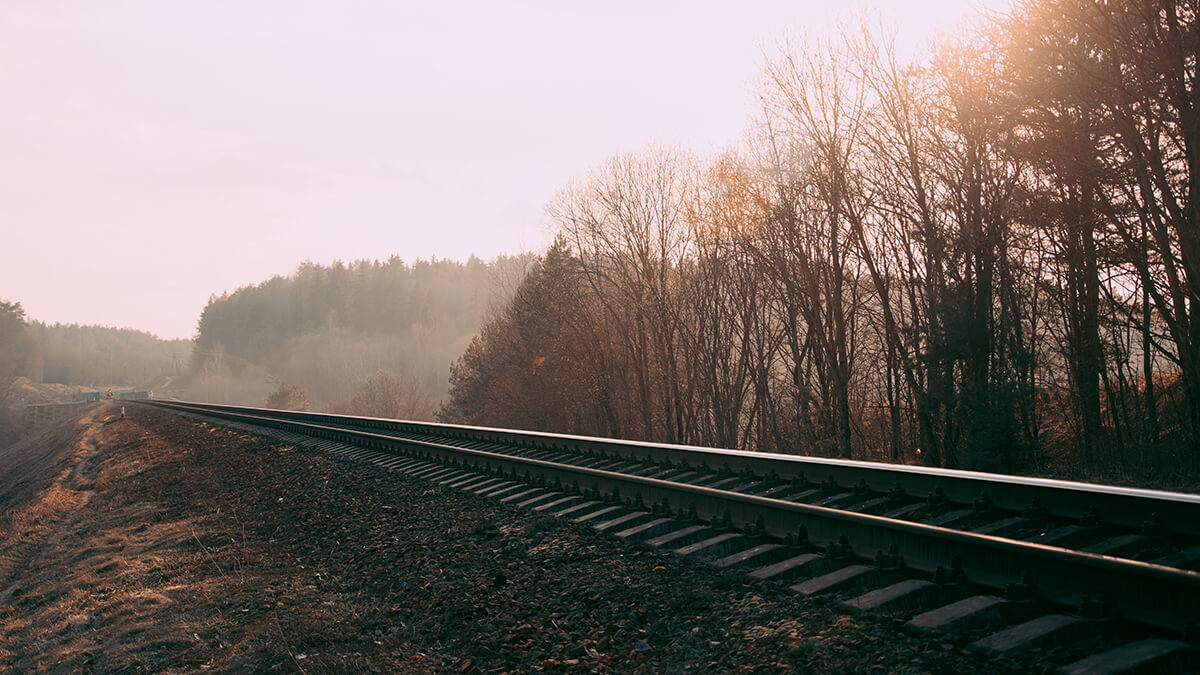
Even though some foreign workers live outside Tokyo, most of them are still employed in Tokyo-based companies. This is due to the fact that more businesses and companies are located in big cities. Although there are also opportunities in rural areas, the availability of job positions and hirings are limited, making it harder for foreign workers applying for openings and getting employed. This is one of the realities of living in smaller cities, you’re eventually going to have to seek opportunities in urban cities like Tokyo.
Going to Tokyo, it will take just an average of 30 minutes to get to the train station and an hour and 30 minutes on board the train. But if you like hanging out after work until the wee hours of the morning for enkai with your colleagues, you might be in for some pretty sleepless nights. You should maybe opt to inquire about accommodation within the Tokyo area because most shinkansen and trains only operate until 1:00.
Fewer People and Seeing Tourists/Foreigners are Rare
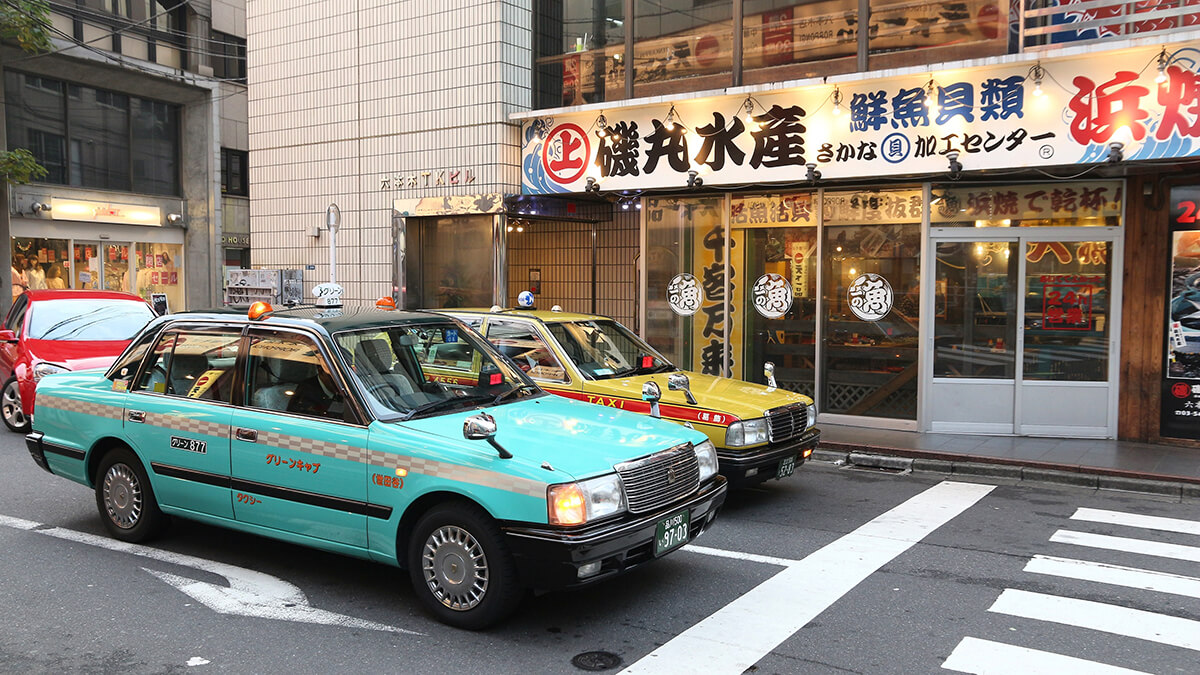
Naturally, there are fewer people in small cities compared to Tokyo, the most populated city in the world. But you won’t get a true sense of how small the population is until you visit popular public areas.
Tokyo is crowded with locals and tourists alike roaming the city. But outside the capital, the usual populated areas like malls, restaurants, stores, and markets don’t gather crowds as large. So if you want to go for some retail shopping or a relaxing drive, you are in for a pleasant surprise.
If you are keen on engaging with other foreigners, having one as a constant acquaintance and neighbor won’t be likely. Although more and more foreigners have started to move to rural areas over the years, a majority of them are still residing in big cities like Tokyo because most are employed there.
Seeing tourists is also an uncommon sight. Because some trains don’t have direct stops in small cities, some foreigners are discouraged to visit or aren’t even aware of the rural areas of Japan. Tourists also usually only visit the more popular destinations which are mostly located in big cities.
Inexpensive Lifestyle

Every foreigner will not hesitate to tell you how expensive life in Tokyo is. This is one of the biggest reasons why a lot of residents choose to stay in smaller cities. Accommodation, food, clothes, groceries, and other goods are more affordable outside the nation’s capital.
For example, a 20 to 40 SQM one-room apartment in rural areas could cost you somewhere between 50,000 – 70,000 JPY. But apartments of the same size in Tokyo could cost upward of 100,000 JPY. That is how massive the discrepancy is in terms of expenses for rural areas and Tokyo.
The only thing that is more expensive in small cities are imported products. They cost more because taxes for shipping and logistics are applied to the products. But aside from that, most items and services are generally more inexpensive compared to that of Tokyo’s.
More Nature
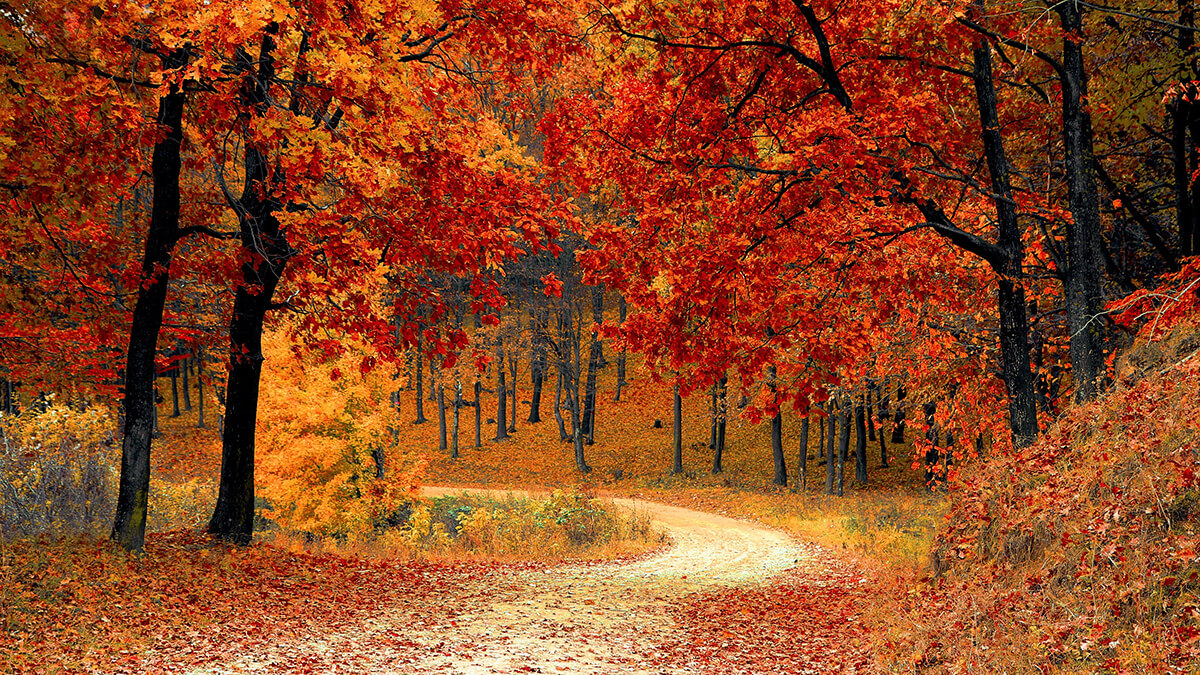
Tokyo is filled with the tallest skyscrapers, the brightest LED signs, and the busiest streets and most of the remaining city spaces are taken up by infrastructures that will benefit people economically. The downside of a city demanding for more development is that the size of natural sites like parks, mountains, and beaches will shrink.
This is one of the best things about living in smaller cities. There are fewer buildings, fewer advertisements, and fewer people, which means that there are fewer man-made locations and more of Mother Nature.
It is more convenient for people to go on picnics in parks, explore and hike on mountains, and swim in beaches if they reside in the rural areas of Japan.
Population Outside Tokyo
Most of the younger population reside in big cities like Tokyo, Osaka, and Nagoya to seek better opportunities for their careers, their education, or because they plan on starting a family there.
But the elderly are the ones who are left behind to call small cities their permanent homes. Most of these aging citizens are over 50 years old, which means that they are getting up there in terms of age.
In fact, according to an article by The Atlantic, a lot of what used to be industrialized areas in Japan have now been reclaimed by nature, as more and more young people have begun to take their lives to the major cities and have abandoned the elderly and their homes.
So if you plan on living in a small city, expect to see most people who are old enough to be your grandparents as your neighbors.
Conclusion
There is an enormous difference between living in Tokyo and living outside of it. Jobs, lifestyles, and daily routines vary from city to city, but none more so than between the country’s capital city and some of their smaller ones.
We hope this article has given you an insight as to what foreign workers outside of Tokyo experience on a daily basis.
Motto Japan, the community platform to support foreigners with the foundation for life in Japan, including Japanese study, job opportunities, and housing service. Motto Japan Media will provide a wide variety of information for Japanese fans all over the world, to create a cross-cultural environment and enrich the life of foreign residents in Japan!


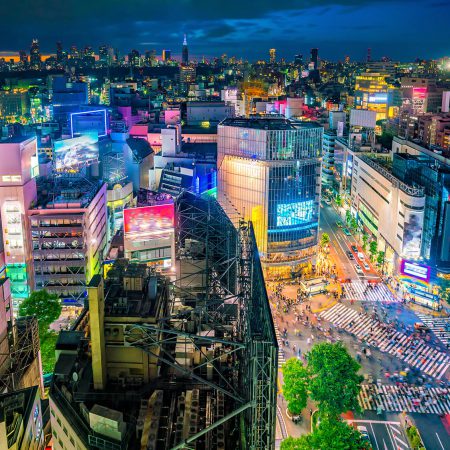
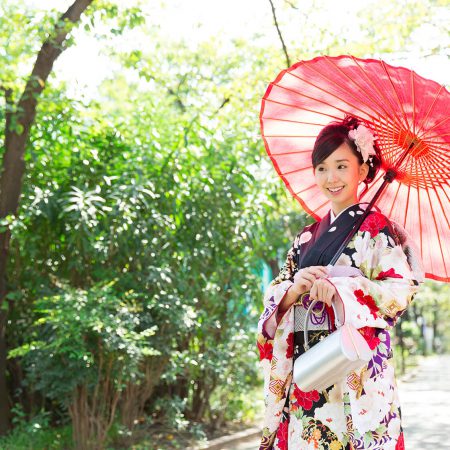






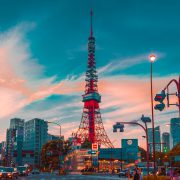


Leave a Reply